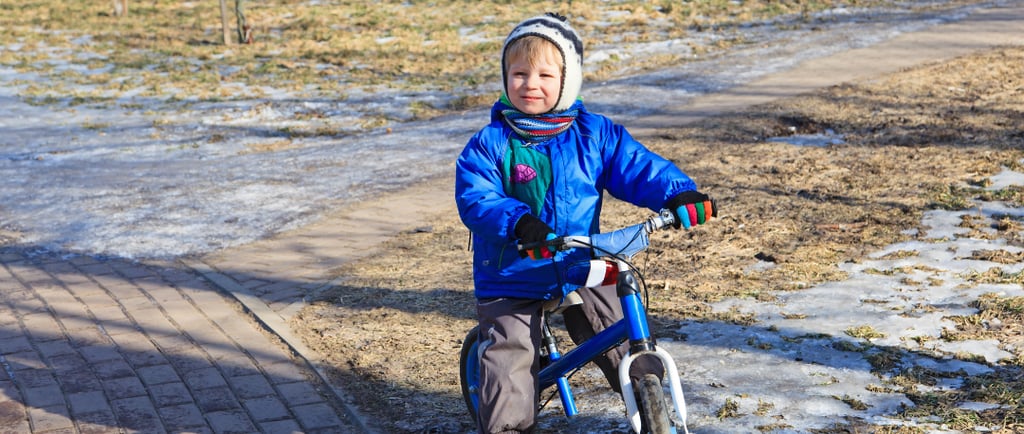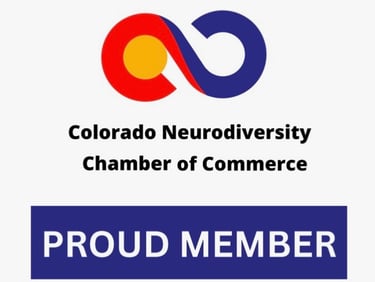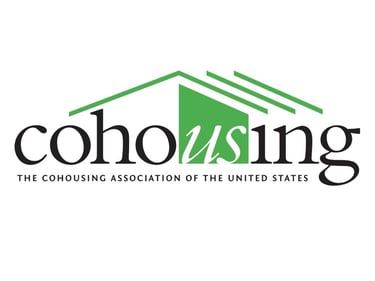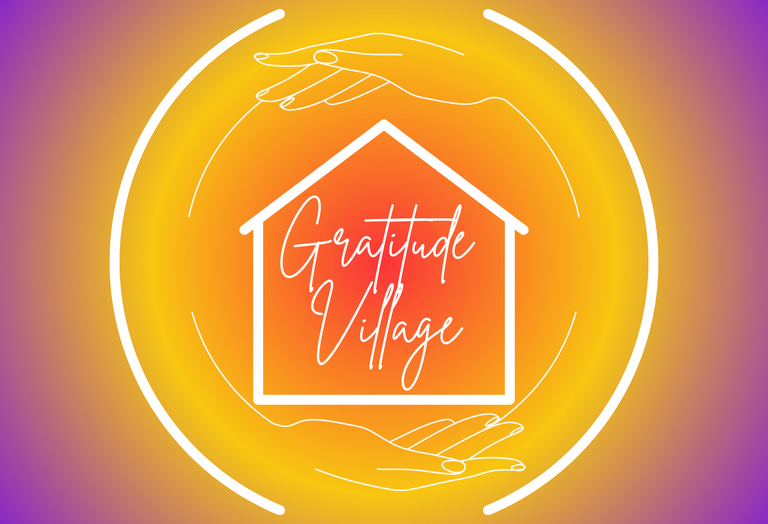Join our next Info Session December 16 from 5:00-6:00 MST Via Zoom (register for link)
Sidewalks That Build Community: Why Walkability Matters at Gratitude Village
Walkability isn’t just about transportation — it’s about connection. Sidewalks and pathways play a powerful role in building trust, belonging, and everyday interaction in cohousing communities. At Gratitude Village Colorado, our community is designed with people at the center, not cars. By creating accessible, walkable spaces, we make it easier for neighbors to meet, children to play safely, elders to participate fully, and community to flourish organically. Good sidewalks don’t just lead somewhere — they bring people together.
Gratitude Village
10/25/20253 min read


Sometimes it’s the smallest things that make the biggest difference. A shared bench. A garden path. A sidewalk.
At first glance, sidewalks might seem purely practical — just a way to get from Point A to Point B. But in reality, they’re something far more powerful: they’re invitations to connect.
Earlier this year, The Atlantic published an article exploring how better sidewalks create better communities. It struck a chord with me, because at Gratitude Village, walkability isn’t just a design feature — it’s part of our philosophy. We believe communities thrive when people can walk, linger, and see each other.
The Social Life of a Sidewalk
In many modern neighborhoods, cars dominate the landscape. Wide streets, deep driveways, and garage doors act like shields between people. We wave from behind windshields but rarely slow down long enough to talk. But in walkable neighborhoods, sidewalks play a quiet but powerful role. They make spontaneous connection possible. You don’t have to schedule coffee weeks in advance to see your neighbors — you just bump into them while walking the dog, taking the kids to the playground, or heading to the garden.
Those chance encounters build trust over time. They create community glue. Walkable design brings everyone — kids, elders, people with disabilities, parents with strollers, folks without cars — into shared spaces. A good sidewalk isn’t just infrastructure; it’s inclusion in action.
Sidewalks Slow Us Down
One of the beautiful things about walkable communities is the way they naturally slow down the pace of life. When you’re not rushing from garage to car to destination, you actually have time to look around, notice the light through the trees or stop and talk to a neighbor. In cohousing communities, this isn’t an accident. It’s intentional. The placement of paths, benches, gardens and gathering spaces are all designed to make walking the easiest and most enjoyable option.
At Gratitude Village, this means:
No cars cutting through living areas.
Sidewalks and pathways that connect homes to the common house, gardens and shared spaces.
Benches and gathering nooks that invite people to linger.
Universal design features that make paths accessible to everyone.
When walking is the default, connection happens naturally.
Sidewalks as Equalizers
Not everyone drives. Not everyone can. Not everyone wants to. Walkable spaces are more than a design preference — they’re about equity and accessibility. They make sure that elders, children, people with mobility challenges and those who prefer (or need) to live without a car can move through the neighborhood just as easily as anyone else.
In a car-centric culture, sidewalks are small acts of resistance. They say, “This place was built for people first.” And when communities prioritize people over cars, something shifts. Sidewalks become places of shared experience — conversations at the garden gate, kids chalking the pavement, someone offering a wave from their porch. They become an extension of home.
Designing for Everyday Encounters
At Gratitude Village, we believe belonging isn’t built only in meetings or events — it’s built in between. The in-between spaces are where neighbors stop to ask about your day, where kids discover bugs, where elders stroll together and where ideas for potlucks or workdays or adventures are born.
Good sidewalk design:
Encourages visibility (so people can see and greet each other).
Supports flow between private and shared spaces.
Fosters safety by slowing vehicles and increasing foot traffic.
Nurtures connection without forcing it.
We’re intentionally designing our community to make walking and connection effortless.
The Science Backs It Up
Urban planners and social researchers have long noted the link between walkable neighborhoods and stronger social ties. People who live in walkable places:
Know more of their neighbors.
Are more likely to engage in civic life.
Report higher levels of trust and safety.
Experience lower rates of loneliness.
Walkability doesn’t just shape how we move through space — it shapes how we feel in that space. A sidewalk can be a bridge to belonging.
Walking Toward a Different Future
Gratitude Village isn’t just imagining a walkable community — we’re building one. Our sidewalks and pathways won’t just connect homes to buildings. They’ll connect people to one another. Whether you’re walking to a shared meal, heading to the garden or just stepping outside to breathe fresh air, the village design makes those moments visible and shared.
It’s a simple truth: when we build places for people to walk, we build places for people to meet. And when people meet, communities thrive.
A Pathway to Belonging
Sidewalks might not sound revolutionary. But in a world where so many of us are rushing from one place to another, creating spaces where we can slow down, connect and feel safe is more radical than it seems. That’s why walkability is at the heart of Gratitude Village. Because the path to belonging isn’t paved with big gestures. It’s often just… a really good sidewalk.
👉 Learn more about our vision for a connected, walkable, people-centered community at one of our upcoming information sessions!
COMMUNITY
Join us in embracing nature, diversity and connection.
Sustainability
DIVERSITY
info@gratitudevillageco.com
720-689-4821
© 2025. All rights reserved.
AFFORDABILITY
Gratitude Village Inc. is a 501(c)3 charitable corporation that values diversity, equity, and inclusion as essential to our mission
Subscribe to our Substack
Refund Policy




Gratitude Village is a Proud Member of these organizations
